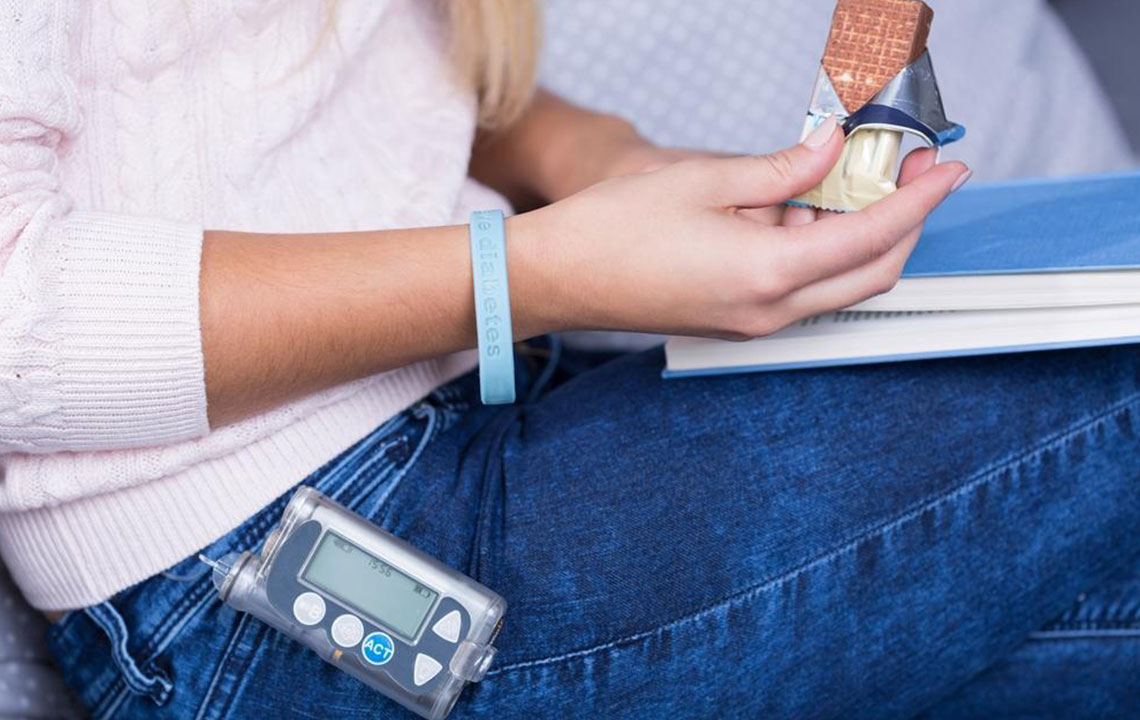What is an insulin pump?
Insulin pumps are portable computerized devices used for insulin therapy. These are small in size and deliver short-acting or rapid insulin to the body continuously. Long-acting insulin types such as Lantus insulin or Levemir are not recommended to use through pump therapy.
The device components
An insulin pump is made up of many small parts.
The pump – It is about the size of a card deck or a pager.

Tubing – It transfers insulin from the reservoir to the infusion set.
Infusion set – It is attached or connected to the skin; the tube pierces the skin to supply insulin to the body.
Using the Device
Using a pump for insulin therapy requires some training. Your doctor can guide you to perform each step.
- The first step is to fill insulin into the reservoir. You can use a vial or a cartridge. Take caution to not allow too much air to get inside it.
- The next step is to connect the infusion set to the reservoir. Then the pump is activated to remove air out of the device.
- The infusion set is then connected to the body. You can use it on arms, thighs, abdomen, and buttocks. Next, you set the basal rate or how the insulin will continuously enter your body. Your doctor will determine your body’s needs and help you adjust it. You need to refill the pump and replace the infusion set every few days.
The device maintenance
Maintenance of an insulin pump is not complicated or time-consuming. The necessary steps are –
- Refilling the insulin as needed.
- Changing infusion sets every few days.
- Replacing the batteries of the device when need.
Most pumps can hold insulin for up to five days. The device sounds a warning when the insulin stock is low. You can then fill it once the insulin is at room temperature. Using it directly after removing it from refrigerator may cause air bubbles to get inside the pump.
You can follow the instruction manual for your brand of the insulin pump to keep it in top working order.















